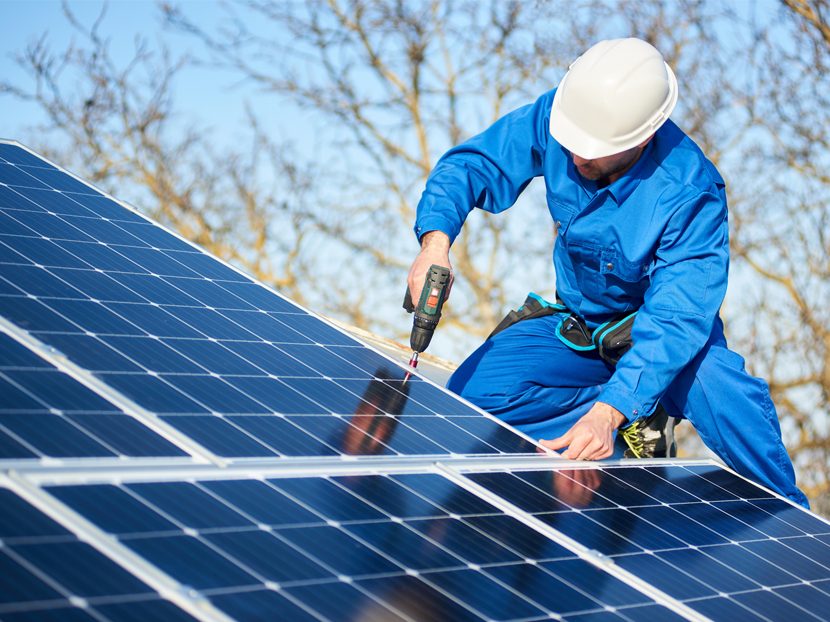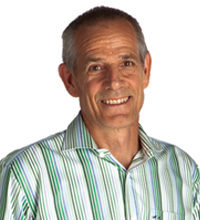Future Energy, Multifuel Options
Become the expert in your community on using renewable energy sources such as solar PV for water or space heating.

I predict a big swing in energy sources in the upcoming years. Splashed across the news on a regular basis these days is the push toward electricity as the primary energy source. California, for example, recently mandated rooftop solar on all new homes. Leasing a photovoltaic system or joining a community “solar garden” is an option.
There are exemptions for shaded roofs, and the addition of battery storage can reduce the required array size, according to a recent Mallory Moench article in the San Francisco Chronicle.
In some areas, gas appliances will be banned or required to offset those appliances with other energy-efficient options. Builder associations suggest these requirements could add $8,000 to $13,500 to the cost of a home. Some communities, Berkeley, for example, will prohibit gas appliances in single-family homes and residential buildings up to three stories.
As can be expected, there are plenty of questions and controversy surrounding these new mandates. Stanford University professor and energy resources engineer Anthony Kovscek estimates that generating and moving electricity to heat water for a shower after the sun goes down produces approximately three times as much CO2 as directly using gas to heat the water.
The Go Electric concept is not unique to energy-conscious California. Recently, Seattle unveiled a 100 percent carbon neutral by 2030 bill and committed to being carbon-free by 2045. Ninety cities have announced 100 percent renewable energy goals.
Excel Energy’s 3.6 million customers from New Mexico to Minnesota were surprised by the utility’s recent announcement. It is predicting to have an 80 percent reduction of carbon emissions by 2030. Interesting that an energy company would volunteer to cut its emissions.
If we are moving to an electric energy economy, it will be imperative to pursue the cleanest options. Data at the Energy Information Agency, part of the Department of Energy, claims that electricity from renewables was cheaper than fossil fuel in 2017.
The current administration released a plan to approve a massive 690 MW solar PV farm with 380 MW of battery storage outside Las Vegas. Warren Buffet’s NV Energy will fund the $1 billion project. It will be the most extensive array in the United States and one of the first to include massive battery storage.
Electric vehicles can act as a temporary energy bank, also. If fully charged when parked in the evening, you have access to a battery bank. Leave enough energy in the batteries to get to work or the next plug-in station. Solar carports could be implemented to charge your EV during your eight-hour workday, perhaps.
Hydronics + electricity
So how should our industry prepare for these changes? Here’s what I’ve been thinking: Maybe plumbing and heating shops should think about a multitrade or cross-trained shop. A service company could develop licensed electricians trained for solar PV installations and maintenance. The entire service and installation team should be able to clearly explain the future energy concerns to customers and offer today’s best options.
I would strongly suggest that plumbing and hydronic shops study up on heat pump options. Geothermal-based and air-to-water heat pumps are becoming more efficient and being promoted by more and more manufacturers every year. Also, explore multifueled options for this energy transition period.
Homes I have visited in the Montreal area already have multifueled hydronic systems in place. They leverage low electricity rates and can switch to natural gas or oil-fired units when the cost per quantity of fuel makes the best sense.
I remember a few years ago as the feed-in tariffs started getting cut back in Germany. Clever solar control manufacturer Resol engineered a control to divert PV-generated electricity to heat a thermal storage unit.
Savvy contractors could engineer systems to use all the PV-generated electricity onsite instead of giving or selling it to the utility at low or below cost. Consider installing a simple electric resistance element in a tank of water to absorb and store any excess PV power as thermal energy for heating or DHW supplement.
A gas-fired boiler could easily have an electric element added. I have a buffer tank on my hydronic system that has a 5,500 W element in it. I use it for cases when I run out of LP (Oops … my bad). I turn on the 30A breaker to make the switch to electric-only.
If designed properly, a low supply water temperature radiant or hydronic system can be powered most anywhere in the United States and Canada by the newest low ambient air-to-water pumps. If electricity is the go-to source, we need to use it as efficiently as possible.
At the very least, hydronic installers and designers should start designing around a 120 degrees or lower SWT for design day. It is certainly doable with large radiant surfaces or properly sized panel radiators.
So, I see opportunity and smell money in an emerging market. Promote your company as a “duel-fuel” expert. Maybe even promote yourself as the “Future-Proofing Energy Expert” in your area. I doubt many homeowners will forgo heat and hot water as energy sources are changed or mandated. Become the expert in helping customers transition to a brave, new world of energy.
Meanwhile, I am headed to the shop to throw a couple more logs in my gasification wood boiler.





